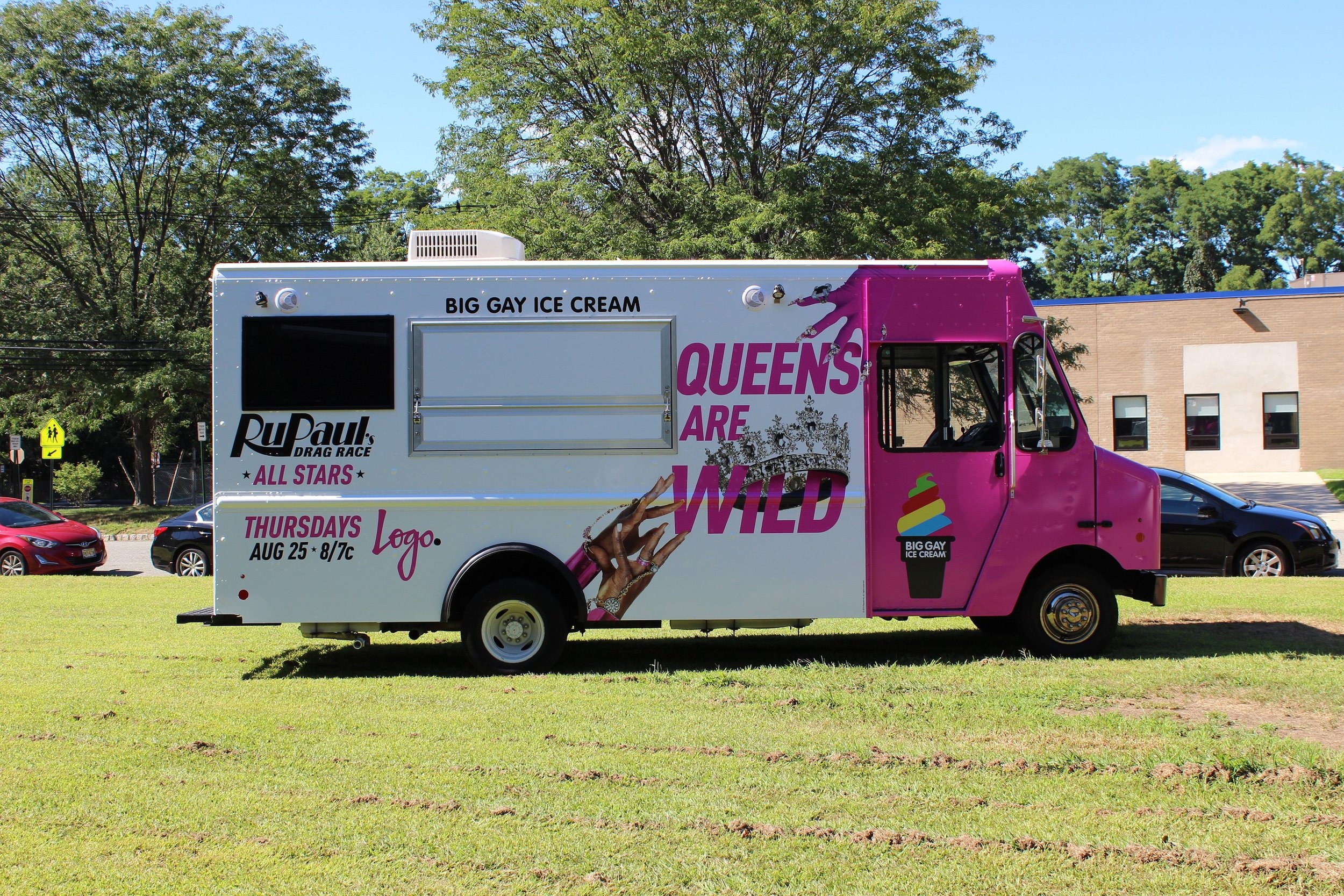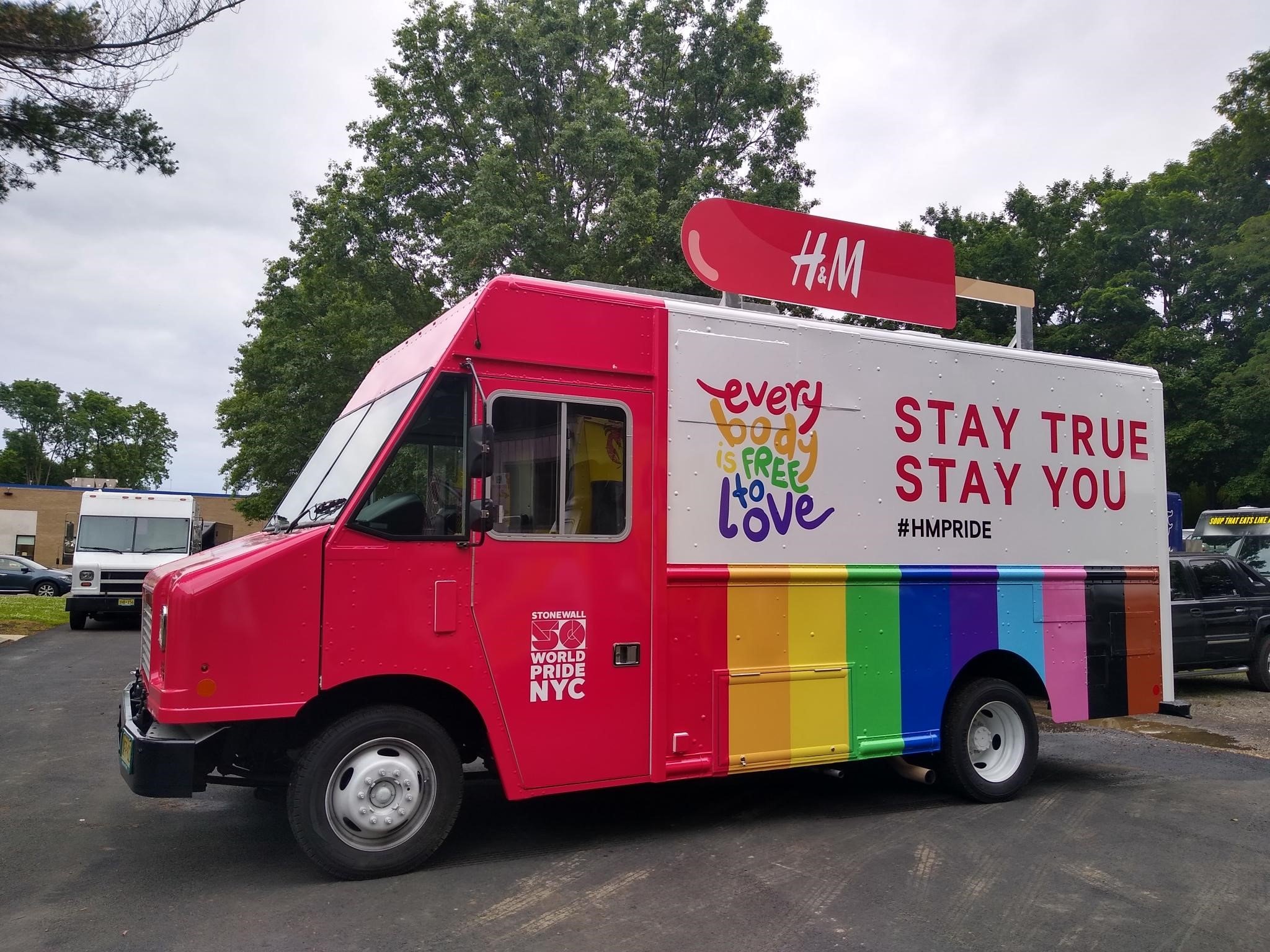Location Mastery: Strategic Placement for Maximum Impact
For mobile businesses like food trucks, location is super important. Picking the right spot can turn a slow day into a busy one. It's not just about finding a crowded place, but about matching what you sell with the right people at the right time. This creates a perfect match between your business and potential customers. Understanding location strategy is what separates thriving mobile businesses from those that struggle to find their groove. Whether you're serving tacos at lunch hour or selling handmade jewelry at weekend markets, where you park can make or break your entire day.
Key Takeaways
- Location is critical for mobile business success, influencing customer reach and sales
- Consider factors like foot traffic, target audience, and local events when choosing spots
- Timing is crucial - align your presence with peak hours and relevant events
- Use technology for data-driven location decisions
- Adapt your strategy to different environments and business types
- Follow local rules and get proper permits
- Keep track of how well you're doing and change your strategy if needed
Understanding the Power of Location
For mobile businesses, location is everything. It's about finding the right spot for what you're selling. Strategic placement significantly influences customer reach. A good location can make your brand look better, help spread the word, and make regular customers excited to see you.
Whether you have an ice cream truck or a pop-up store, choosing the right location can mean the difference between a few customers and a long line. High foot traffic areas yield better sales opportunities, so it's important to do your research and find those great spots. Sometimes, a less crowded area with the right type of people can be better than a very busy place with too much competition.
Factors to Consider When Choosing Your Spot
When picking the perfect location for your mobile business, think about these things. Location can make the difference between a thriving mobile business and one that struggles to find customers. Every successful mobile vendor knows that strategic positioning requires careful analysis of multiple factors. The right spot combines high visibility with your target market's regular movement patterns. Before settling on any location, you need to evaluate several key considerations that will impact your daily operations and profitability.
- How many people walk by
- Are your ideal customers in the area
- Events or attractions nearby
- Parking for your truck and customers
- Local rules and permits
- Other similar businesses around
- How the area changes throughout the day and year
Remember, it's not just about finding a busy area. You need to find a spot where your target customers hang out. Understanding traffic patterns is crucial for reaching potential customers. Watch how people move around at different times of the day and week. The most successful mobile businesses often test multiple locations before finding their sweet spots, using sales data and customer feedback to guide their decisions.
Timing Is Everything
Strategic placement isn't just about where you set up; it's also about when. Timing your visits with local events or busy hours can really boost your sales. For example, ice cream trucks can increase visibility and sales by choosing locations with high foot traffic, like festivals and parks. A business area might be busy at lunch but quiet in the evening, while a neighborhood might be busier on weekends.
Try working with local events or businesses. This can help you reach more customers and create good situations for both you and your partners.
Using Technology to Find Better Spots
Technology can help you find the best spots for your mobile business. Modern digital tools have revolutionized how mobile vendors scout and select prime locations. By leveraging data-driven insights, you can move beyond guesswork to make informed decisions about where to park. Smart mobile businesses use a combination of apps and analytics to identify patterns that might not be obvious from simple observation. Choosing the right spots increases customer engagement. Some tools that can help include:
- GPS and mapping software
- Social media analytics
- Foot traffic analysis tools
- Weather apps
- Local event calendars
Using these tools can help you make smart decisions about where to place your mobile business for the best results. You can also use systems to keep track of what your customers like at different locations. Many successful mobile vendors create spreadsheets or use specialized apps to log sales data by location, time, and weather conditions. This historical data becomes invaluable for predicting future performance and optimizing your route schedule. Over time, you'll develop a data-backed understanding of which locations work best for different days, seasons, and events.
Adapting to Different Places
Different types of mobile businesses do well in different places. Food trucks often find success in high foot traffic areas, while mobile food pantries need to target community needs to maximize impact. A food truck might do well in a busy city center, but a mobile boutique might do better in suburbs or at special events.
For mobile salons, strategic location enhances visibility and customer reach. It's about understanding your target audience and being where they're most likely to need your services.
Following Rules and Getting Permits
While finding the perfect spot is important, you also need to make sure you're following local rules. Every city and county has specific regulations governing where mobile businesses can operate. Compliance isn't just about avoiding fines – it's about building a sustainable business that operates legally and maintains good relationships with local authorities. Before you start serving customers, research all applicable laws and secure proper documentation. Understanding local regulations and permits is crucial for operational success. This might include:
- Getting necessary licenses
- Following zoning rules
- Following health and safety guidelines
- Respecting parking rules
- Understanding noise rules
- Getting vendor permits
Learning about local laws can save you from fines and keep your business running smoothly. Many mobile vendors join local associations or networks to stay updated on regulatory changes and share compliance tips. Building relationships with local officials can also help you navigate the permit process more efficiently. Remember that regulations often vary between municipalities, so what's allowed in one area might be restricted in another. Always verify requirements for each new location you plan to operate in.
Measuring Success and Changing Your Strategy
Once you've found a good spot, keep track of how well you're doing and be ready to change your strategy. Success in the mobile business world requires constant evaluation and adaptation based on real-world results. The most profitable vendors treat each location as a learning opportunity, gathering data to refine their approach. Regular performance reviews help identify which spots consistently generate strong sales and which ones aren't worth the time. Creating a systematic approach to tracking metrics ensures you make decisions based on facts rather than assumptions. Keep an eye on:
- Daily sales
- Customer feedback
- Foot traffic patterns
- Competitor presence
- Seasonal changes
- Cost-effectiveness
- Customer demographics
- Social media engagement
Use this information to improve your location strategy over time. What works today might not work tomorrow, so stay flexible and always look for new opportunities. Consider creating monthly or quarterly reviews where you analyze your data and adjust your route accordingly. The most successful mobile businesses evolve continuously, dropping underperforming locations and testing new ones. Remember that small adjustments in timing or positioning can sometimes transform a mediocre spot into a highly profitable one.
Conclusion: Mastering Strategic Placement
Strategic placement is a powerful tool for mobile businesses. By understanding your audience, using technology, and staying adaptable, you can find the perfect spots to grow your business. The journey to location mastery combines art and science – balancing data-driven decisions with intuitive understanding of your market. Each successful day builds your knowledge base, helping you recognize patterns and opportunities others might miss. Keep learning and adapting as markets change and customer preferences shift.
Remember, success takes time and patience. The most thriving mobile businesses didn't find their ideal locations overnight – they tested, tracked, and refined their approach continuously. Your willingness to experiment with new spots while maintaining consistency at proven locations creates a sustainable growth strategy. Document your successes and failures equally, as both provide valuable insights for future decisions. With the right strategy and a good eye for opportunity, you can turn any location into a great spot for your mobile business. Stay aware of local trends, build relationships in the communities you serve, and be ready to try new things when conditions change.
So get out there, explore your options, and find those perfect spots that will make your business even better. Every day presents new possibilities for discovering untapped markets and underserved communities. Trust your instincts while backing them up with solid data, and don't be afraid to take calculated risks on unconventional locations. Your mobile business's flexibility is its greatest asset – use it to test promising new areas while maintaining your core profitable routes. With the right location strategy, your mobile business can achieve great things!








